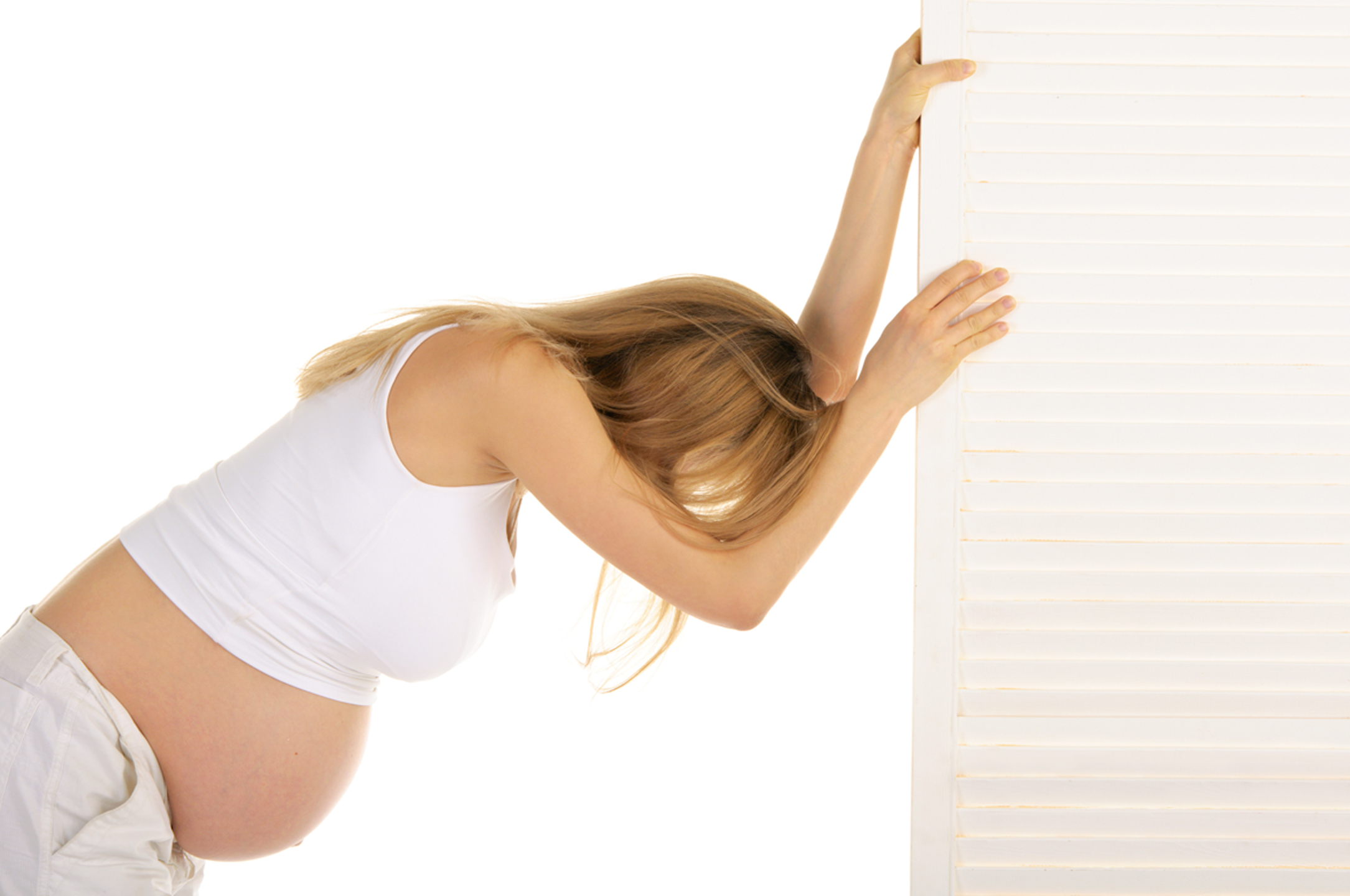
18 Jul Pelvic-girdle Pain During Pregnancy
That twinge in your back or groin during pregnancy may actually be pelvic-girdle pain.
“It was the nesting instinct to the extreme. I wanted to make sure the nursery was fabulous for baby Max’s arrival. When I pushed the cot over to the wall after finishing painting, I felt a twinge in my groin. By the end of the day I was couch-bound, feeling quite miserable.”
This pregnant woman’s story is familiar to those who suffer from pelvic-girdle pain (PGP). While lower-back pain affects more than 70 per cent of pregnant women, about 20 per cent suffer a less well-known condition, PGP. For some, PGP’s symptoms can be quite mild, but for others it can become much more serious and last well after pregnancy.
You Might Have Pgp If You Experience:
- Pain in the front or back of the pelvis, groin, buttocks, thighs, hips or lower back.
- Difficulty walking, or a waddling gait.
- Pain when standing on one leg, getting dressed, climbing stairs, or getting in and out of the bath.
- Pain when turning, twisting, bending, pushing a shopping trolley or cleaning.
- A clicking or grinding sensation in the pelvis.
- Pain during sex.
Pelvic-girdle pain can make it difficult for a woman to fully enjoy pregnancy and motherhood. Pain can affect mobility, making it hard for a woman to care for her family, manage household tasks or return to paid work.
Moderate to severe PGP can also affect her ability to sleep, walk, bend, or even dress and shower independently.
The pain and immobility can lead to feelings of isolation, guilt, inadequacy, fear and depression.
Based on current pregnancy and birth rates in Australia it is estimated more than 58,000 Australian women suffer some kind of PGP each year, and seven per cent of these are serious cases.
Women should avoid ‘pushing through’ the symptoms and to try to get help as soon as possible.
Most women will require physiotherapy, and may be fitted with a pelvic-support belt. In some cases crutches may be required.
Many women recover with only a few sessions of physiotherapy, and by using simple strategies such as:
- Speaking up. Don’t just put up with the pain – talk to your doctor.
- Wearing flat, supportive shoes.
- Using a pillow under the top leg when sleeping on your side.
- Sitting down for tasks such as cooking, dressing or holding babies.
- Taking the lift instead of stairs.
- Getting help in the home with cleaning and childcare.
- Shopping online to minimise time spent on your feet.
Note: This article provides general health information and in no way constitutes medical advice. Ideas and information expressed may not be suitable for everyone. Readers wishing to obtain medical advice should contact their own doctor.
Words By Jessica Danko

